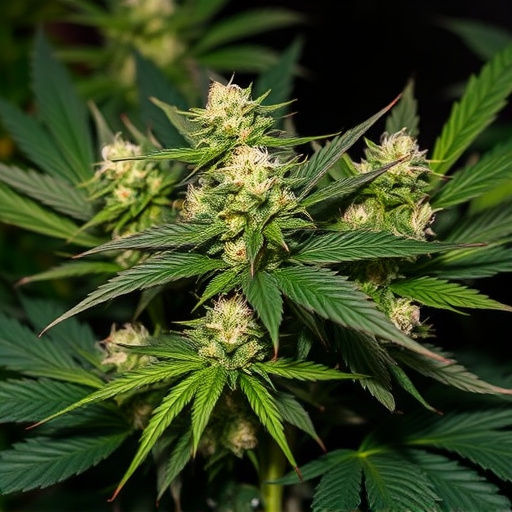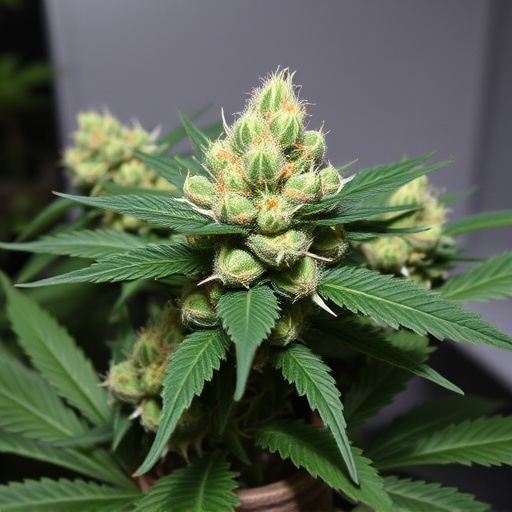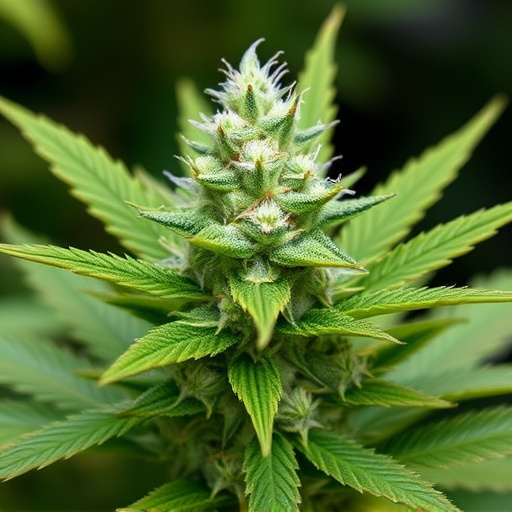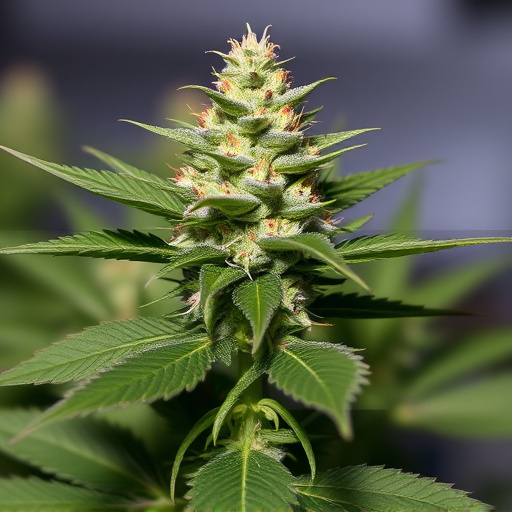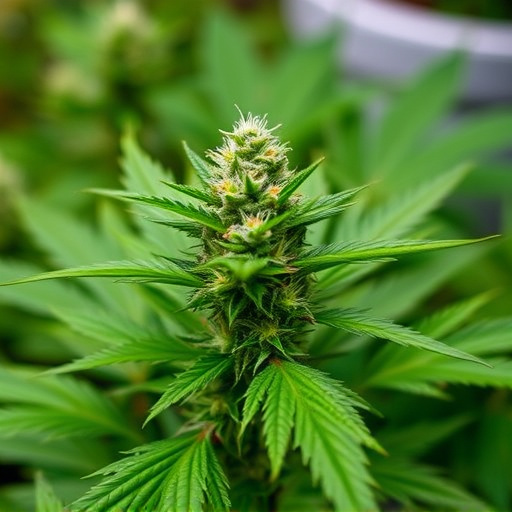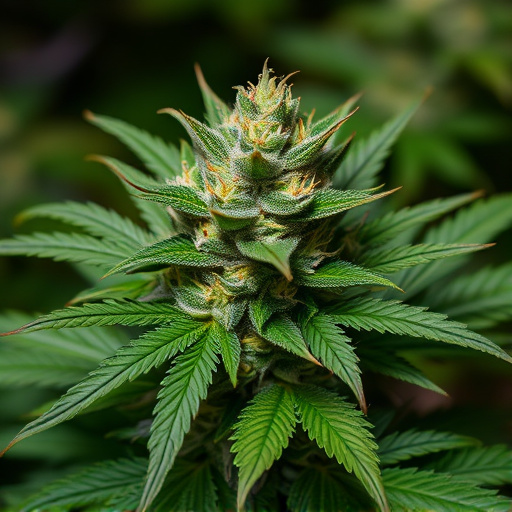Cannabis metabolism and elimination vary greatly among individuals, influenced by body weight, metabolism, usage frequency, and cannabis potency. Potent strains with higher THC levels can result in longer detection times in drug tests or extended effects within the body. Detectability of cannabinoids like THC depends on strain potency, individual metabolism, frequency of use, and consumption method. Regular users may develop tolerance leading to reduced cannabinoid levels. Potent cannabis strains can prolong testing windows, with detectable THC remaining in urine for up to 30 days, compared to shorter periods for less potent varieties. This is particularly crucial for individuals in regulated industries or facing legal repercussions, highlighting the importance of responsible usage and informed strain selection decisions.
Want to know how long cannabis remains detectable? This guide breaks down everything you need to understand about the duration cannabis flowers stay in your system. We’ll explore the science behind cannabis metabolism and elimination, delve into factors affecting detection time, and specifically examine the implications of potent cannabis strains on testing windows. Get ready for a clear and concise overview tailored for informed consumers.
- Understanding Cannabis Metabolism and Elimination
- Factors Affecting Cannabinoid Detection Time
- Potent Cannabis Strains: Implications for Testing Windows
Understanding Cannabis Metabolism and Elimination
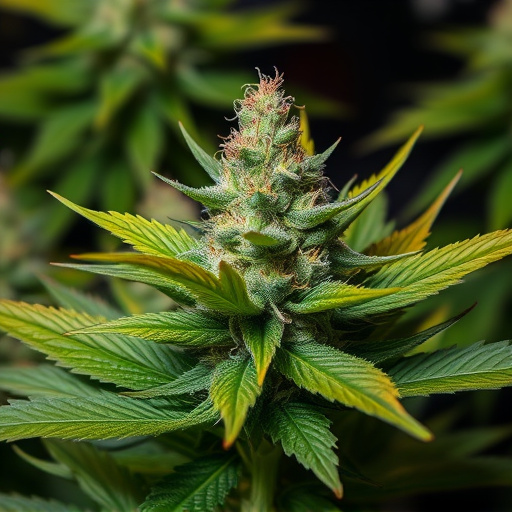
Cannabis metabolism refers to how your body processes and breaks down the compounds found in the plant, while elimination involves the removal of these compounds from your system. The primary active compounds in cannabis are THC (tetrahydrocannabinol) and CBD (cannabidiol), with THC being responsible for most of the psychoactive effects associated with marijuana use.
The rate at which cannabis is metabolized and eliminated can vary greatly among individuals, depending on factors such as body weight, metabolism, frequency of use, and potency of cannabis strains. Potent cannabis strains typically contain higher levels of THC, which can lead to longer detection times in drug tests or increased duration of effects within the body. Understanding these processes is crucial for anyone looking to manage the length of time cannabis remains detectable or for those seeking insights into the long-term effects of regular cannabis use.
Factors Affecting Cannabinoid Detection Time
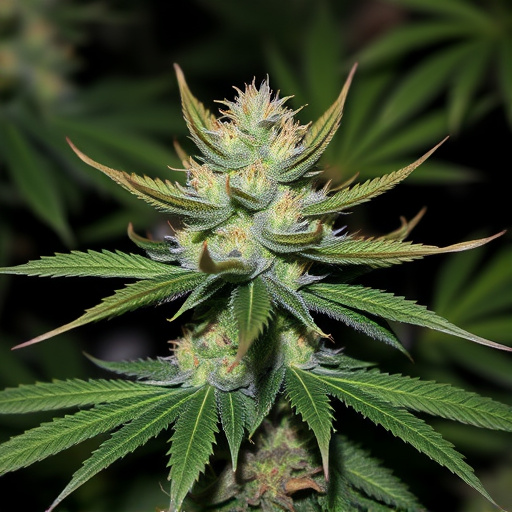
Several factors influence how long cannabinoids, like THC (the primary psychoactive compound in cannabis), remain detectable in your system after consumption. One significant factor is the potency of the cannabis strain. Stronger or more potent strains contain higher levels of THC and other cannabinoids, which can prolong their presence in your body.
Additionally, individual metabolism plays a role; faster metabolisms may break down cannabinoids quicker, leading to shorter detection times. Regular cannabis users might also experience shorter detection periods due to their bodies developing tolerance, resulting in lower cannabinoid levels. Other variables, such as the consumption method (smoking vs. edibles), dosage, and frequency of use, can also affect how long these compounds remain traceable in urine, blood, or hair samples.
Potent Cannabis Strains: Implications for Testing Windows

Potent cannabis strains, with their heightened THC (tetrahydrocannabinol) levels, can significantly impact testing windows. The higher the concentration of THC, the longer it tends to stay in your system. This is because THC is metabolized and eliminated from the body at a relatively slow rate. Studies suggest that potent strains can show detectable levels of THC in urine up to 30 days after consumption, which is considerably longer than less potent varieties.
These extended testing windows are particularly relevant for individuals in regulated industries or those facing legal implications. Understanding the implications of different cannabis strains on testing periods is crucial for responsible usage and informed decisions.
Understanding the duration cannabis remains detectable in your system is crucial, especially with the growing legalisation of cannabis worldwide. Factors like metabolism, strain potency, and individual variations play significant roles in determining how long cannabinoids stay in your body. While scientific research continues to unravel these complexities, knowing these factors can help individuals make informed decisions regarding their cannabis consumption and testing timelines, particularly when considering the impact of potent cannabis strains on detection windows.


